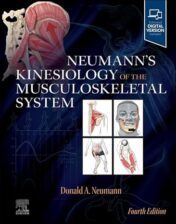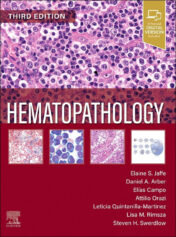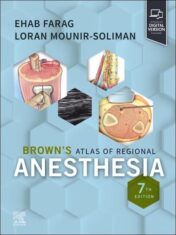This book adopts a novel approach: procedures: instead of discussing the diagnostic categories of neurological syndromes, it focuses on the symptoms of common neurological presentations (especially in the emergency room or on the ward), and the diagnostic hypotheses that can be validated or rejected case by case as a result. Each chapter covers one of the main symptoms of emergencies in neurology – from transient consciousness disturbances to focal deficits, acute muscular disorders, respiratory insufficiency in neurological disorders, headaches, delirium, seizures and epileptic status, para-and tetraplegia, and head trauma, to acute functional disorders – and includes tables and figures to allow readers to gain a quick and easy, yet comprehensive overview of the topic.
The book guides readers through various scenarios generated by the onset of symptoms, the clinical tools for differential diagnostics, and the principles of acute and post-acute phase therapy, managed by decision algorithms supported by the most recent scientific evidence.
The resulting precedural profile – created through the collaboration of over 80 specialists in neurology or other disciplines – makes this text a valuable tool for neurologists, neurology residents and allied professionals in their daily clinical practice, as well as medical students.








